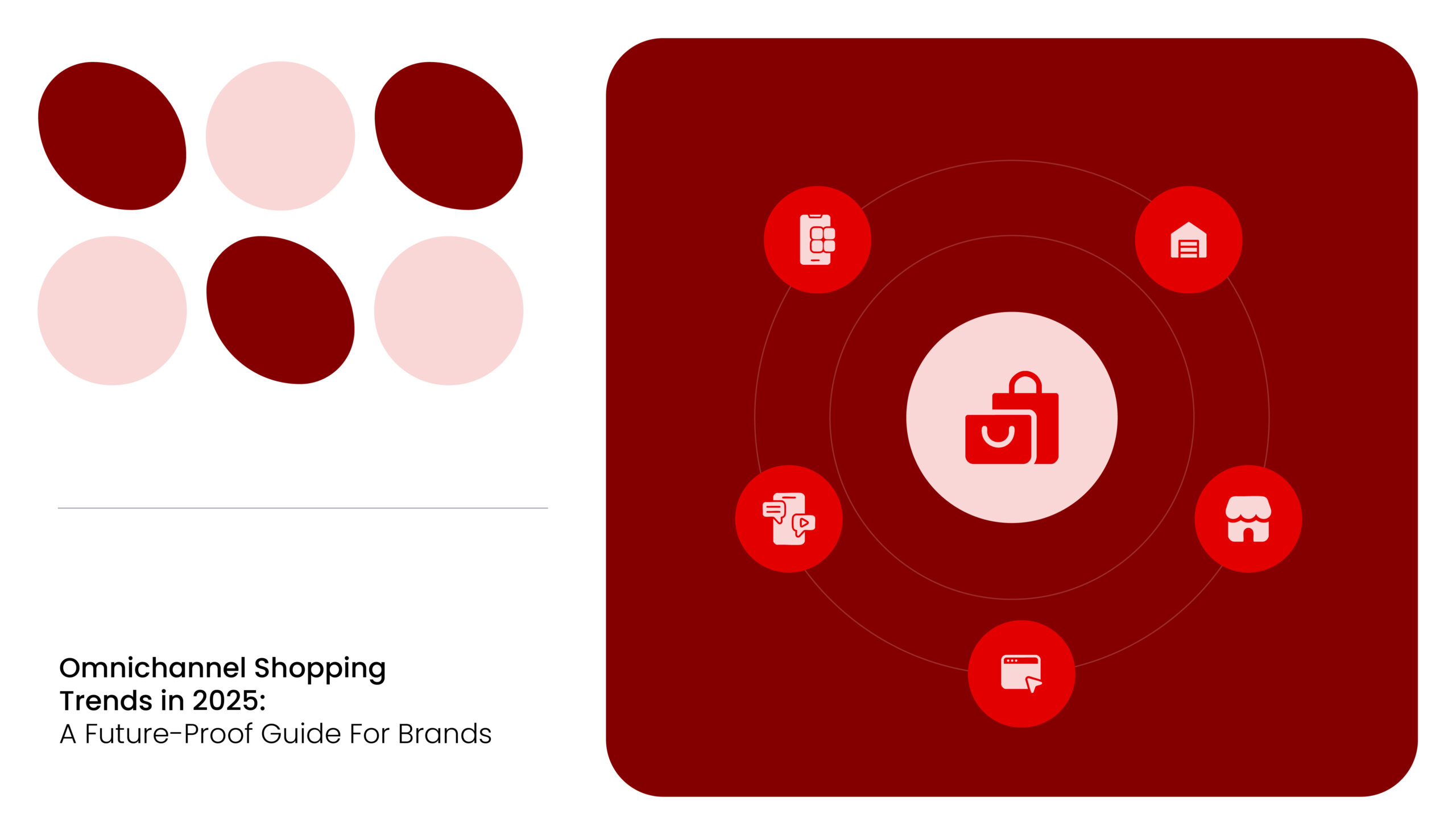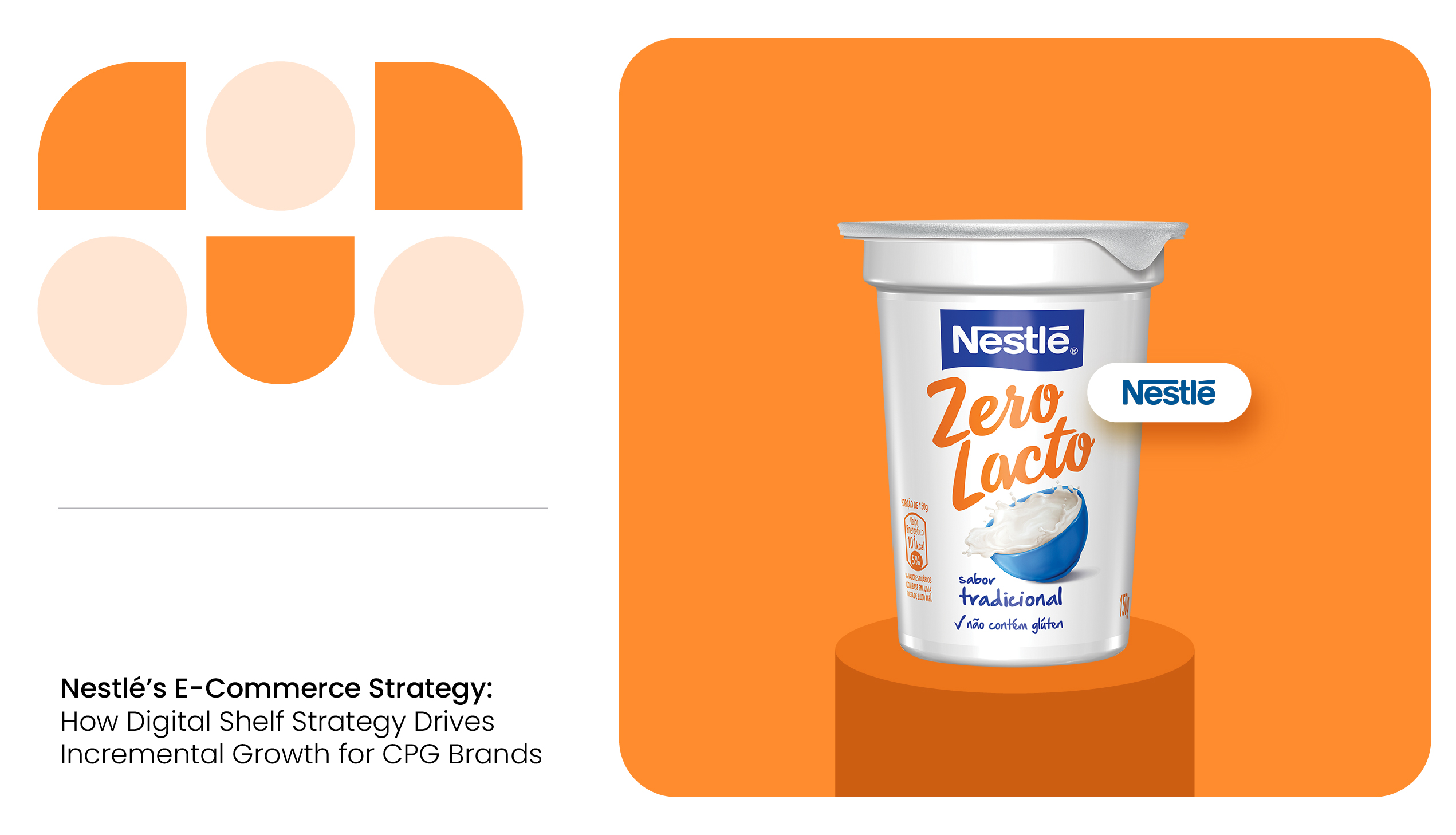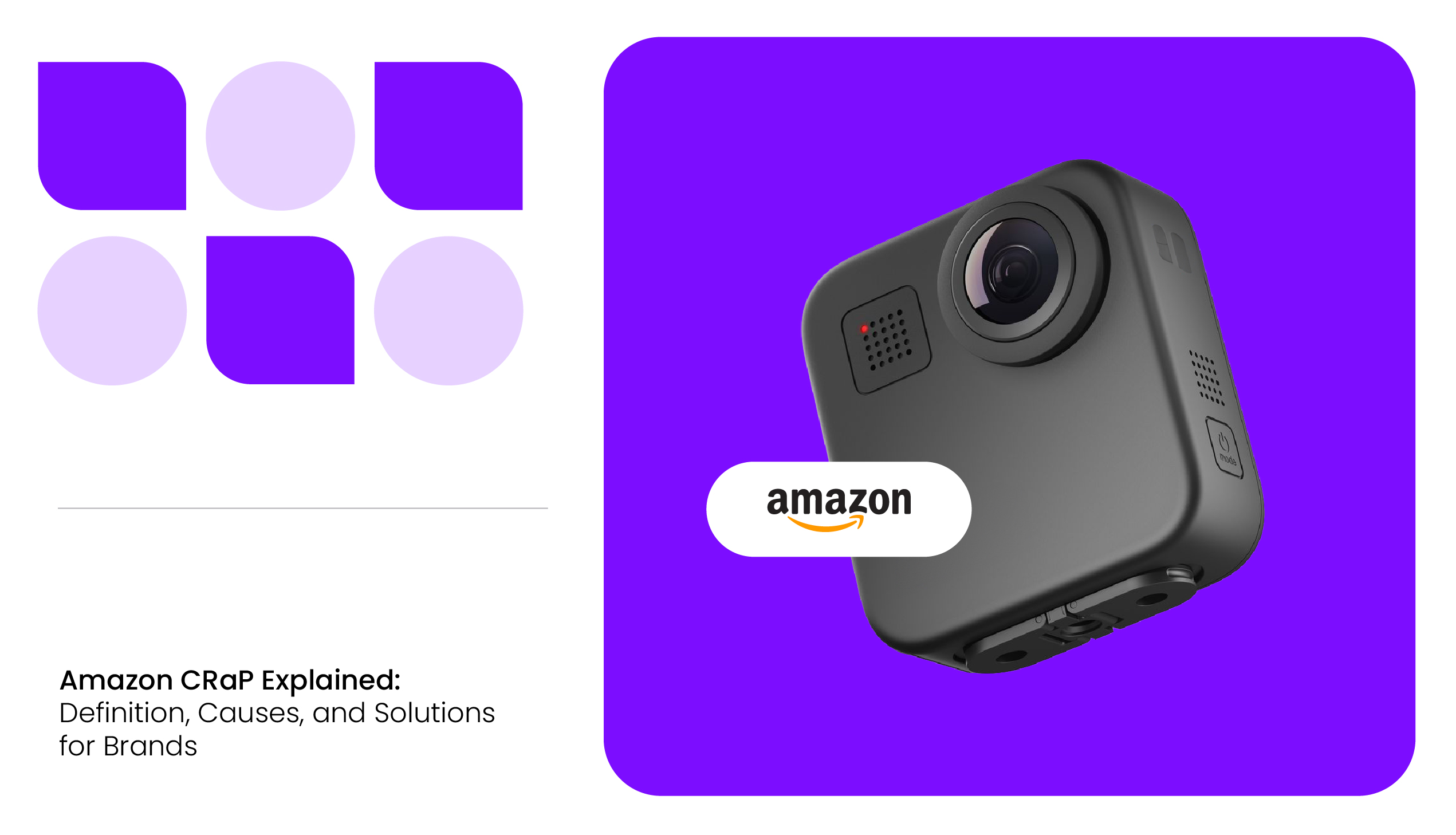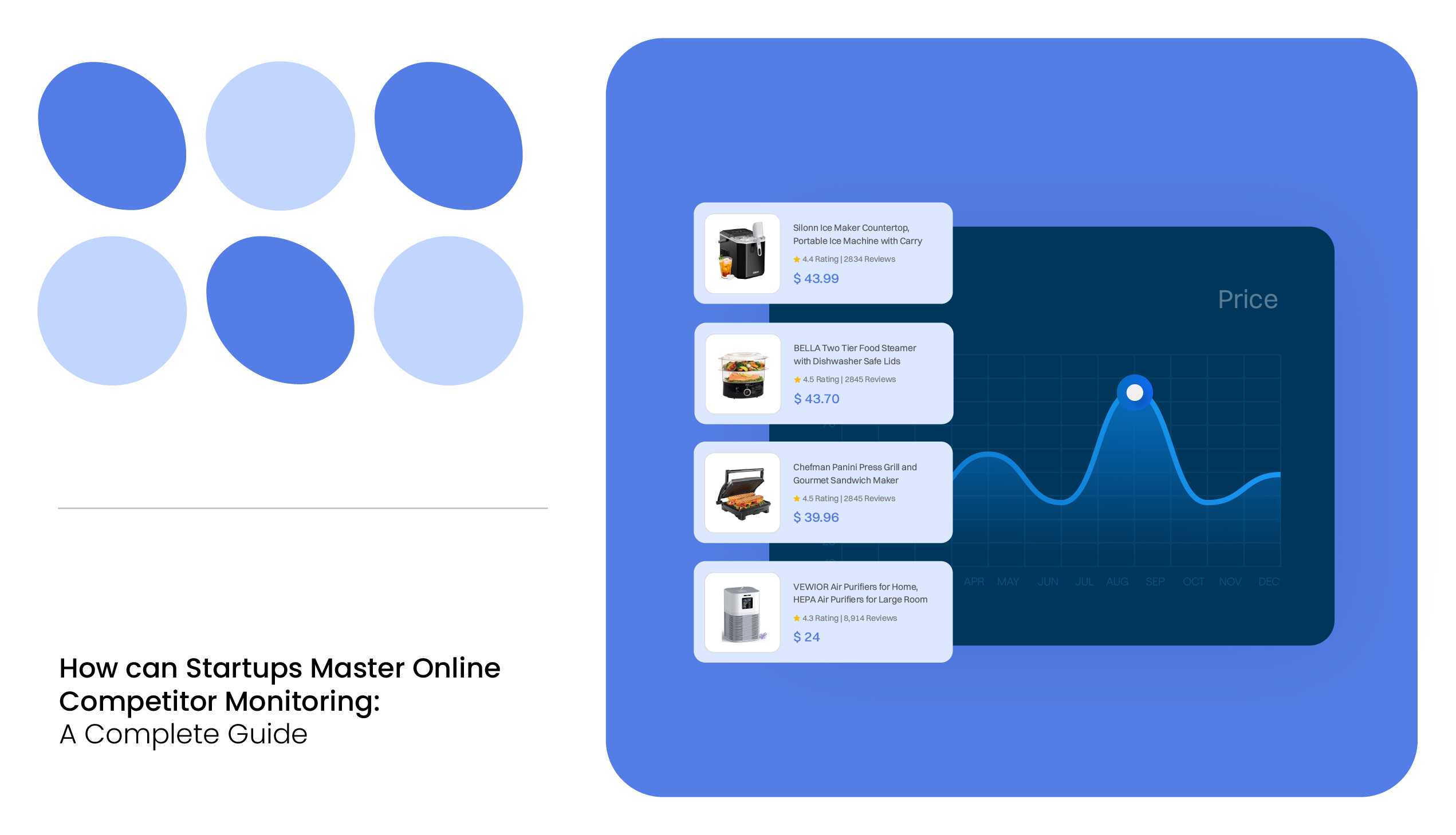Remember the days when you had to visit a physical store, battle through crowds, and stand in long checkout lines just to buy your favorite item? Well, those days are long gone.
Whether it’s browsing through a mobile app while on your lunch break or picking up an online order at the nearest store, consumers now expect a seamless shopping experience across all touchpoints.
As we are halfway into 2025, the retail landscape is undergoing an exciting transformation. From personalized shopping experiences that make you feel like a VIP to social media platforms becoming virtual storefronts with AI capabilities, it’s clear that the omnichannel shopping trends in 2025 are changing faster than ever before.
As an e-commerce or brand professional, staying ahead of these shifts isn’t just a good idea; it’s a survival strategy.
READ MORE | How Voice of the Consumer (VoC) helps achieve e-commerce success? Check out our blog on A Guide to Voice of Customer Data Analytics in E-Commerce.
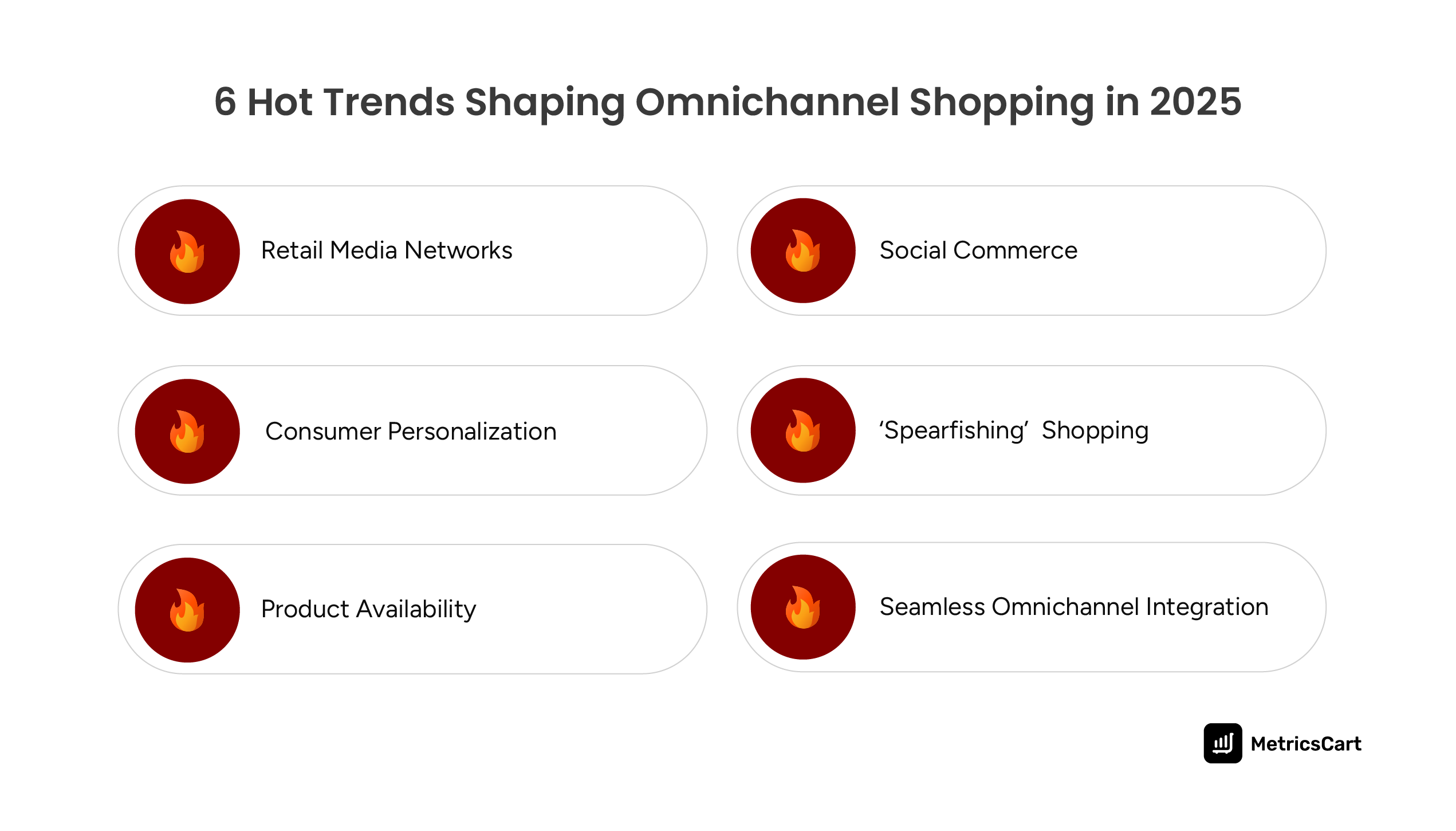
1. Retail Media Networks: A Game-Changer for Marketing
Retail media networks are emerging as a powerful tool for brands to connect with consumers. Essentially, these networks use a retailer’s first-party shopper data and digital platforms to serve targeted ads. These ads are tailored based on shopping behavior and preferences, creating a more personalized experience for the customer.
According to a report by Nielsen, US digital retail media ad spending is expected to reach $100 billion by 2028, with continued growth anticipated. This presents significant opportunities for brands to target the right audience at the right time.
For e-commerce businesses, this means integrating retail media into their marketing strategies to gain visibility and drive direct sales through targeted advertising on platforms like Amazon and Walmart.
Retail media networks are set to dominate the future of retail, and their influence will only grow in the years ahead. If you’re a brand professional, now is the time to explore how retail media networks can help you build stronger connections with your customers.
2. The Rise of Social Commerce: Shopping Made Social
If you haven’t already embraced social commerce, 2025 might be the year you need to start. Platforms like Instagram, Facebook, and TikTok have already transformed from being simple social networking tools into powerful shopping platforms.
Consumers now expect to shop directly within their social media apps, from discovering new products to completing purchases without leaving the platform.
Gen Z, in particular, is driving this shift. In 2024, a significant portion of TikTok’s sales came from the health and beauty sector, and this trend shows no signs of slowing down.
Social selling allows brands to tap into new audiences, making it easier for them to influence buying decisions through engaging content, influencer partnerships, and targeted ads.
As an e-commerce or brand professional, integrating social commerce into your strategy means creating content that resonates with your audience and encourages them to shop directly from your social media profiles.
Whether you’re posting product demos, running live shopping events, or collaborating with influencers, social commerce is an essential part of the omnichannel experience.
3. Personalization: Tailoring the Shopping Experience
Personalization is no longer optional; it’s expected. Consumers want tailored experiences that reflect their unique preferences, and retailers that fail to deliver on this front risk losing out to more personalized competitors.
In 2025, the emphasis on personalization will be stronger than ever, driven by data analytics, artificial intelligence (AI), and machine learning. By analyzing consumer behavior and purchase history, brands can deliver more relevant product recommendations, personalized email marketing campaigns, and targeted ads.
This level of personalization makes consumers feel valued and understood, which can lead to increased customer loyalty and higher conversion rates.
Moreover, customization will continue to play a significant role in customer experience management. Many consumers want to feel like they are getting something unique, whether that’s customizing a piece of clothing, adding a personal touch to a gift, or creating a bespoke skincare routine.
Offering customizable products and services allows brands to cater to these desires, enhancing the omnichannel shopping experience.

4. Spearfishing: The Evolving Nature of Online Shopping
While consumers once relied on large, stock-up shopping trips, the behavior of online shoppers is changing. A growing trend known as “spearfishing” has emerged, where customers make small, targeted online purchases, typically buying just one to three items per trip.
This behavior was on the rise even before the COVID-19 pandemic, but it has accelerated as shoppers embrace the convenience of buying exactly what they need, when they need it.
However, there is also a noticeable increase in “fill-in” trips, where customers purchase more items (4-11 items per trip), as well as “stock-up” trips, where they buy larger quantities (12+ items per trip).
For brands, this means that while many consumers may still make small, intentional purchases, there’s also an opportunity to increase online basket sizes.
To succeed in the omnichannel space, brands must adjust their product experience management strategies to meet the evolving needs of their customers.
For example, offering promotions or discounts on larger purchases can encourage shoppers to make more purchases per transaction, thereby boosting sales and increasing basket sizes.
5. The Power of Availability: Don’t Let Your Products Go Out of Stock
In the age of new e-commerce trends, availability is a make-or-break factor for many consumers. When items are out of stock, customers are likely to turn to a competitor who can provide the products they want, right when they want them.
E-commerce brands need to be particularly attuned to fluctuations in demand based on location, seasonality, and emerging trends. For example, products in high-demand categories, such as electronics or health and beauty, may exhibit different purchasing patterns depending on the time of year.
Retailers and brands that master demand forecasting and optimize their supply chains using advanced analytics software, such as MetricsCart, can avoid the common problem of stockouts, ensuring that products are always available to customers.
6. Rise of Phygital: The Need for Seamless Integration Across Channels
In 2025, the seamless integration of both online and offline experiences will be more important than ever. Considering omnichannel consumer trends in 2025, shoppers expect to browse, purchase, and return products effortlessly across multiple touchpoints, whether it’s through an app, a website, or in a brick-and-mortar store.
A truly omnichannel experience ensures that customers can transition smoothly from one channel to another without disruptions and can even offer phygital experiences.
For example, if a customer buys an item online but wants to pick it up in-store, this process should be efficient and straightforward. Similarly, if they purchase in-store and decide to return it via an online portal, the return process should be seamless.
The more frictionless the experience, the more likely consumers are to return.
READ MORE | How to win in an e-commerce business? Check out our blog on The Profit Formula: Keys To A Winning E-Commerce Strategy.
Conclusion
As we move through 2025, the trends in omnichannel shopping are increasingly shaped by advancements in technology and changing consumer behaviors. The trends outlined above are not just fads; they represent the future trends in omnichannel shopping.
Adapting to these omnichannel trends will require investment, flexibility, and an ongoing commitment to understanding consumer needs. But for brands that get it right, the rewards will be substantial, from increased customer loyalty to higher sales and stronger brand equity.
To stay ahead of these trends and measure your brand’s omnichannel performance effectively, explore how MetricsCart can help you track and optimize your strategies. Use real-time insights to boost your performance in 2025 and beyond.
Step up Your Brand Game and Outshine Competitors!
FAQs
Retail media networks leverage first-party shopper data to deliver targeted advertisements across digital platforms. This approach allows brands to reach consumers more effectively, enhancing personalization and driving higher conversion rates.
Social commerce integrates shopping experiences directly into social media platforms, enabling users to discover and purchase products without leaving the app. This trend is particularly popular among Gen Z consumers, who value convenience and seamless experiences.
Ensuring products are consistently available across all channels prevents customer frustration and potential sales losses. Retailers must optimize inventory management and demand forecasting to meet consumer expectations.
Common challenges include integrating diverse technologies, maintaining consistent branding across channels, managing inventory efficiently, and ensuring data privacy and security.
The future of omnichannel shopping will likely see further integration of emerging technologies like augmented reality, voice commerce, and advanced AI, providing even more personalized and immersive shopping experiences.

